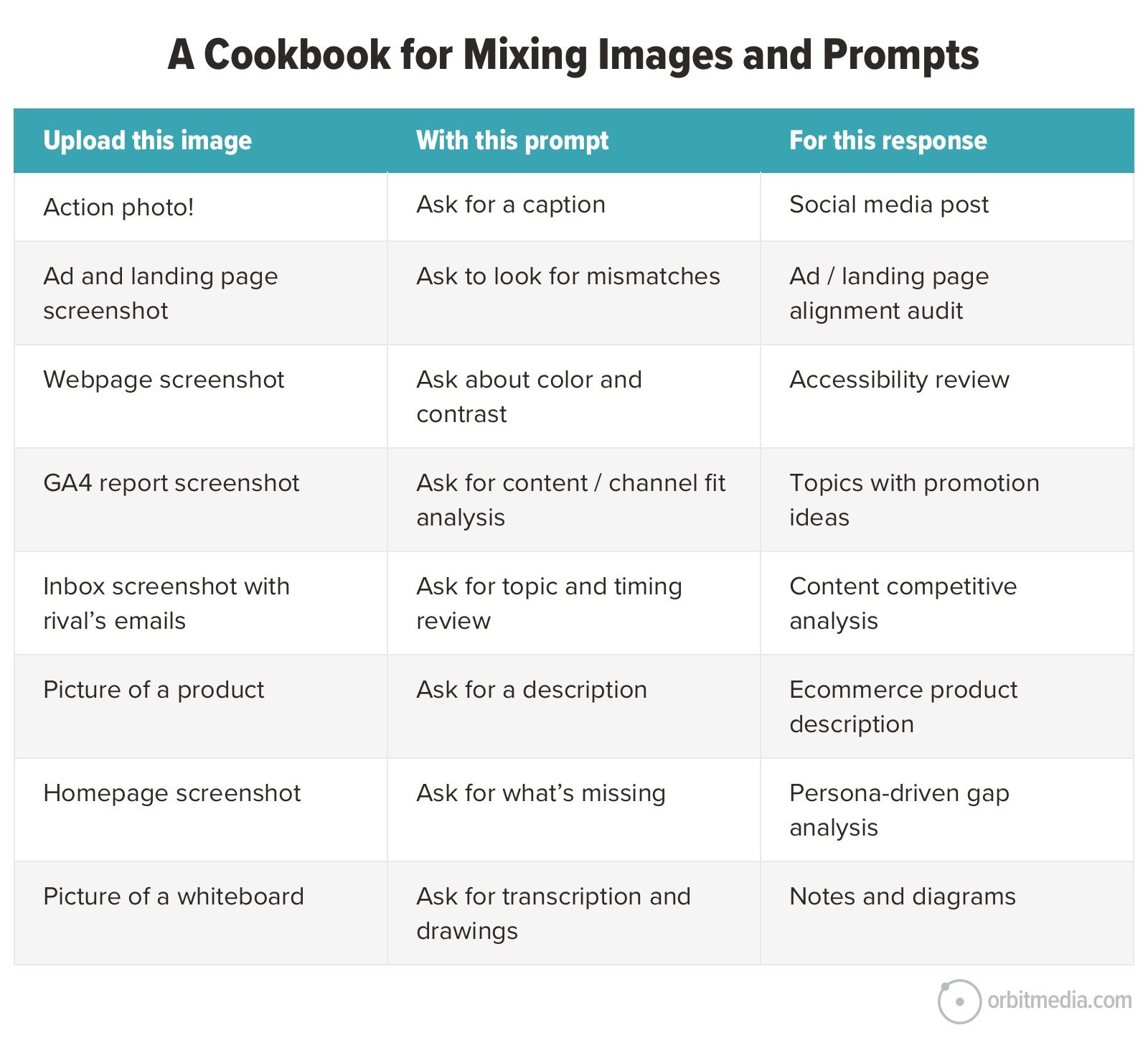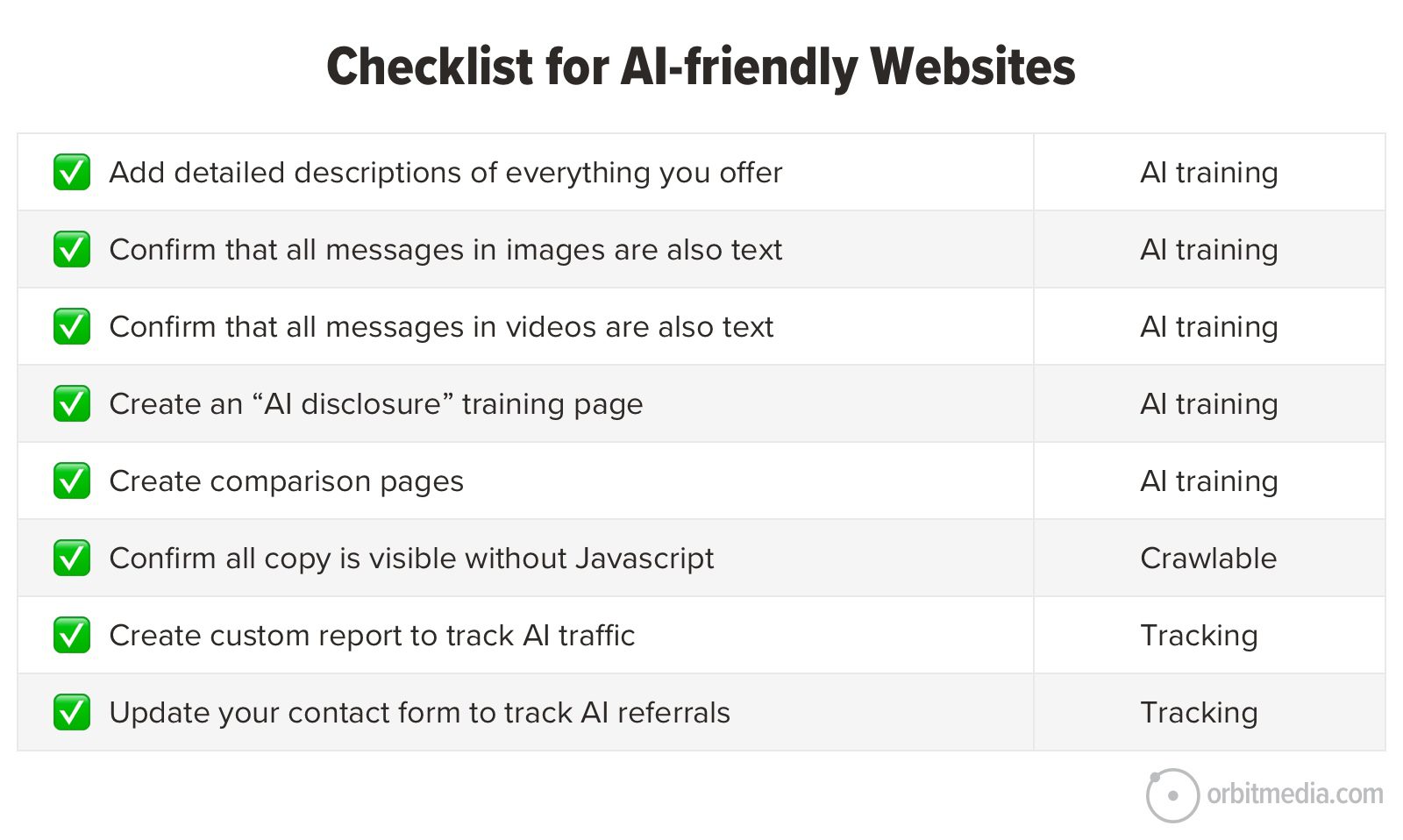Here’s how top chief product officers are getting AI right
The AI revolution is redefining business and tech leadership—and no one is standing more squarely on the front lines than product leaders. Once seen as a behind-the-scenes role, the CPO is now one of the most powerful voices in the executive suite. In 2020, only 4% of the Fortune 1000 had a CPO, a number that has since ballooned to almost 50%. In the next few years, we expect to see that figure grow to 70%. At Products That Count, the nonprofit for product managers I chair, we’ve spent the past year talking to almost 1,000 CPOs at companies ranging from startup unicorns to Fortune 100 giants like Salesforce, Walmart, and Microsoft. What we’ve heard is clear: The organizations that are winning with AI aren’t just using it to move faster. They’re rethinking how product is fundamentally built, who builds it—and who leads the charge. Here’s what the top product leaders are doing differently to get and stay ahead in the AI era. 1. They see AI as acceleration, not just automation While headlines focus on job replacement, leading CPOs are focused on capability expansion. They’re not asking, “How can we do the same work with fewer people?” They’re asking, “How can we build something completely new and disruptive in a fraction of the time it used to take?” One CPO at a global retailer told us that PMs using their internal generative AI platform are “almost doubling their efficiency.” These AI-powered product managers are running competitive research, generating specs, mocking up interfaces, and even writing basic code—without waiting for a 10-person engineering team to get looped in. This shift is also reshaping org charts. The once-standard 10-to-1 engineer-to-PM ratio is giving way to a new reality where PMs are full-stack strategists. AI isn’t replacing the workforce—it’s supercharging it. 2. They’re hiring business builders, not tech nerds Today’s most effective PMs aren’t former engineers. They’re high-context thinkers who know how to ask the right questions, not necessarily write the code themselves. “A computer science background was pretty important 20 years ago,” one B2B SaaS CPO told us. “Now? Only one of my PMs has one.” This new breed of generalist “Super PM” blends product instinct, customer obsession, and AI fluency. They’re cross-functional by design and comfortable leading without a road map. And they’re rising fast because they can adapt fast and they deliver business value right off the bat. 3. M&A is central to their strategy Product velocity has become the currency of innovation—and most CPOs know they can’t build everything in-house. More than 75% of the CPOs we surveyed say M&A will be a critical growth driver in the next one to three years. But unlike in the past, product leaders aren’t just involved after the deal closes—they’re often the ones scouting, evaluating, and sponsoring acquisitions. As one healthcare CPO put it, “AI and data are fast becoming the central focus. M&A will be critical to assembling that solution suite.” Another said, “As CPO, I’m the sponsor of acquisitions.” That shift—from M&A as a finance function to M&A as product acceleration—marks a massive evolution in how CPOs are expected to operate. 4. They’re obsessively focused on success metrics Revenue still matters. As Checkr CPO Ilan Frank told us, “At the end of the day, most of us are working for a for-profit company. If that’s the case, then the metric is profit. That’s what we’re here to drive.” Particularly when assessing how to implement and leverage AI, product leaders are keenly aware of the bottom line. And they know that revenue and profit are not the only numbers that tell the story. Today’s top CPOs are expanding their focus to include metrics like time-to-value, customer retention, and long-term engagement. They’re not just looking at quarterly ARR—they’re looking at how quickly customers see value, and how long they stick around once they do. That shift isn’t just philosophical. It’s structural. It encourages smaller, faster product experiments, tighter feedback loops, and stronger cross-functional alignment. As Frank put it, “NPS won’t tell me if we have the right pricing or packaging,” but time-to-value will. Defining the AI Era All told, product leaders are winning the AI era by working smarter, not harder. They’re moving fast—but not just by working more. They’re reimagining what the product function can be: a strategic growth engine, a talent magnet, and a seat at the very top of the company. They’re prioritizing adaptability over pedigree, collaboration over control, and outcomes over ownership. Rather than stripping down head counts, they’re doubling down by investing in more generalists and product professionals to keep their feet on the accelerators. They’re blending human instinct with AI horsepower—and building teams that can ship smarter, not just faster. The companies that empower this kind of leadership aren’t just navigating t
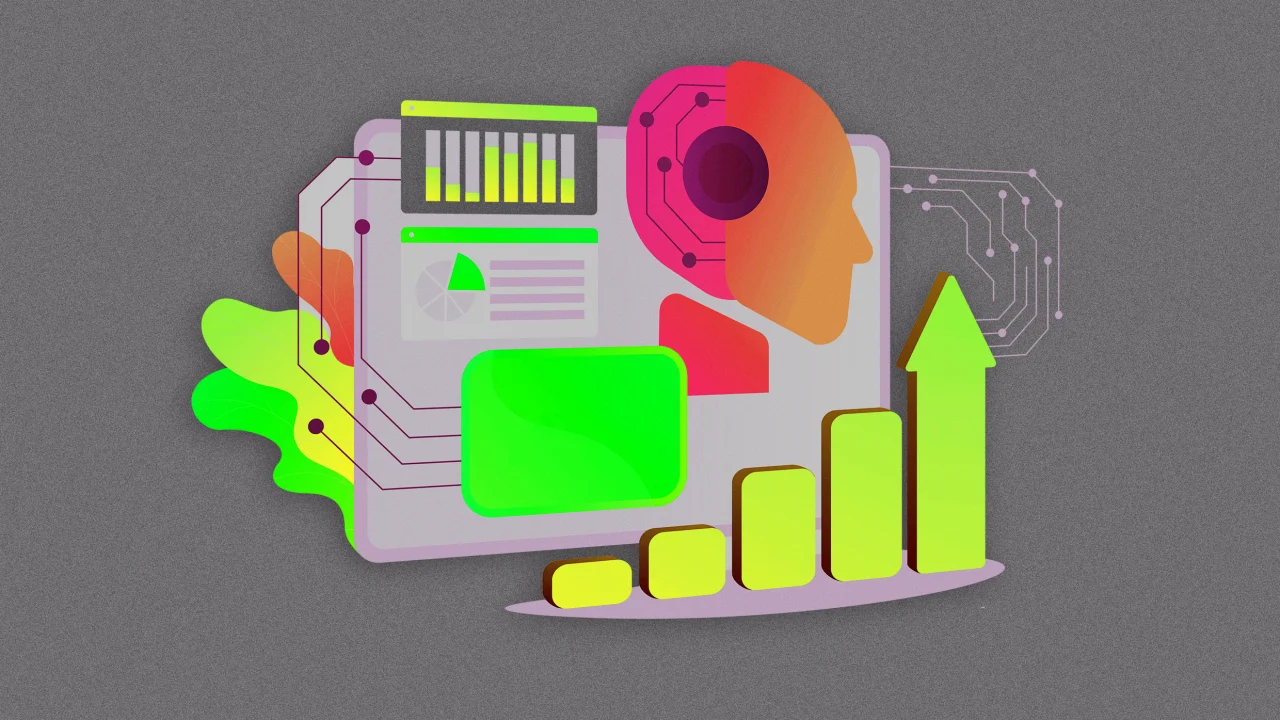
The AI revolution is redefining business and tech leadership—and no one is standing more squarely on the front lines than product leaders.
Once seen as a behind-the-scenes role, the CPO is now one of the most powerful voices in the executive suite. In 2020, only 4% of the Fortune 1000 had a CPO, a number that has since ballooned to almost 50%. In the next few years, we expect to see that figure grow to 70%.
At Products That Count, the nonprofit for product managers I chair, we’ve spent the past year talking to almost 1,000 CPOs at companies ranging from startup unicorns to Fortune 100 giants like Salesforce, Walmart, and Microsoft. What we’ve heard is clear: The organizations that are winning with AI aren’t just using it to move faster. They’re rethinking how product is fundamentally built, who builds it—and who leads the charge.
Here’s what the top product leaders are doing differently to get and stay ahead in the AI era.
1. They see AI as acceleration, not just automation
While headlines focus on job replacement, leading CPOs are focused on capability expansion. They’re not asking, “How can we do the same work with fewer people?” They’re asking, “How can we build something completely new and disruptive in a fraction of the time it used to take?”
One CPO at a global retailer told us that PMs using their internal generative AI platform are “almost doubling their efficiency.” These AI-powered product managers are running competitive research, generating specs, mocking up interfaces, and even writing basic code—without waiting for a 10-person engineering team to get looped in.
This shift is also reshaping org charts. The once-standard 10-to-1 engineer-to-PM ratio is giving way to a new reality where PMs are full-stack strategists. AI isn’t replacing the workforce—it’s supercharging it.
2. They’re hiring business builders, not tech nerds
Today’s most effective PMs aren’t former engineers. They’re high-context thinkers who know how to ask the right questions, not necessarily write the code themselves. “A computer science background was pretty important 20 years ago,” one B2B SaaS CPO told us. “Now? Only one of my PMs has one.”
This new breed of generalist “Super PM” blends product instinct, customer obsession, and AI fluency. They’re cross-functional by design and comfortable leading without a road map. And they’re rising fast because they can adapt fast and they deliver business value right off the bat.
3. M&A is central to their strategy
Product velocity has become the currency of innovation—and most CPOs know they can’t build everything in-house. More than 75% of the CPOs we surveyed say M&A will be a critical growth driver in the next one to three years. But unlike in the past, product leaders aren’t just involved after the deal closes—they’re often the ones scouting, evaluating, and sponsoring acquisitions.
As one healthcare CPO put it, “AI and data are fast becoming the central focus. M&A will be critical to assembling that solution suite.” Another said, “As CPO, I’m the sponsor of acquisitions.”
That shift—from M&A as a finance function to M&A as product acceleration—marks a massive evolution in how CPOs are expected to operate.
4. They’re obsessively focused on success metrics
Revenue still matters. As Checkr CPO Ilan Frank told us, “At the end of the day, most of us are working for a for-profit company. If that’s the case, then the metric is profit. That’s what we’re here to drive.”
Particularly when assessing how to implement and leverage AI, product leaders are keenly aware of the bottom line. And they know that revenue and profit are not the only numbers that tell the story. Today’s top CPOs are expanding their focus to include metrics like time-to-value, customer retention, and long-term engagement. They’re not just looking at quarterly ARR—they’re looking at how quickly customers see value, and how long they stick around once they do.
That shift isn’t just philosophical. It’s structural. It encourages smaller, faster product experiments, tighter feedback loops, and stronger cross-functional alignment. As Frank put it, “NPS won’t tell me if we have the right pricing or packaging,” but time-to-value will.
Defining the AI Era
All told, product leaders are winning the AI era by working smarter, not harder. They’re moving fast—but not just by working more. They’re reimagining what the product function can be: a strategic growth engine, a talent magnet, and a seat at the very top of the company. They’re prioritizing adaptability over pedigree, collaboration over control, and outcomes over ownership. Rather than stripping down head counts, they’re doubling down by investing in more generalists and product professionals to keep their feet on the accelerators. They’re blending human instinct with AI horsepower—and building teams that can ship smarter, not just faster.
The companies that empower this kind of leadership aren’t just navigating the AI era. They’re defining it.





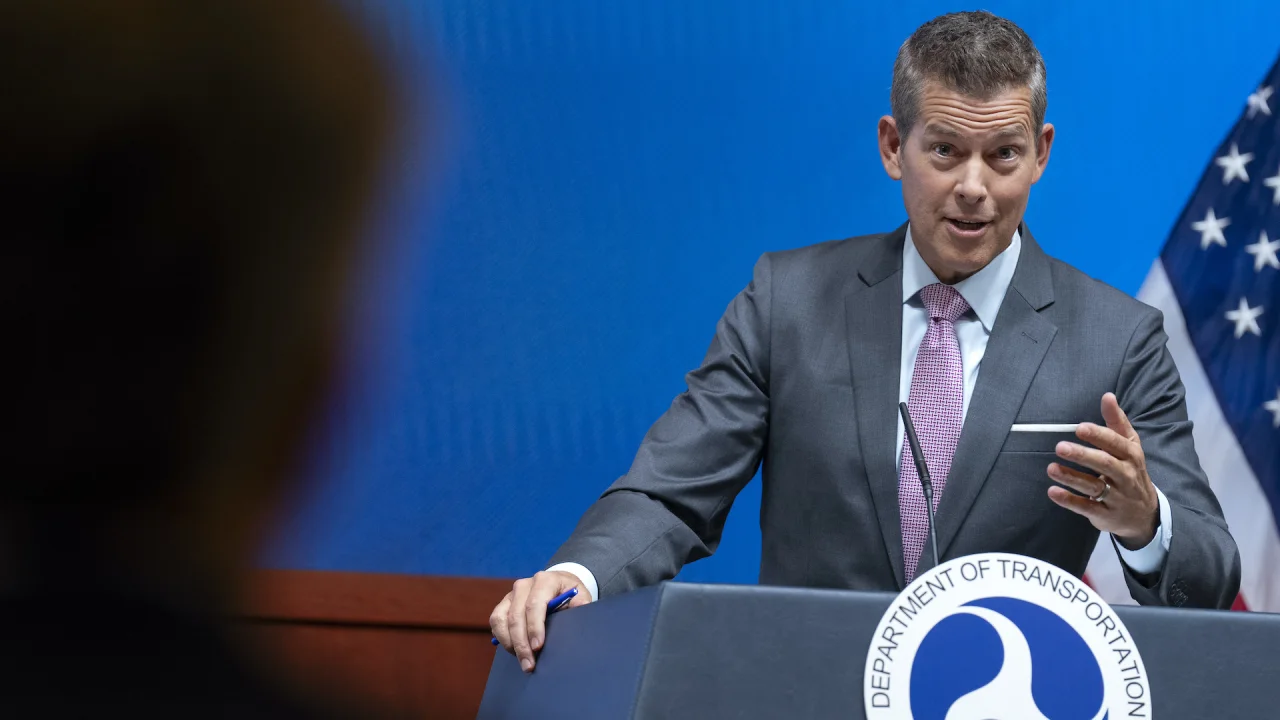
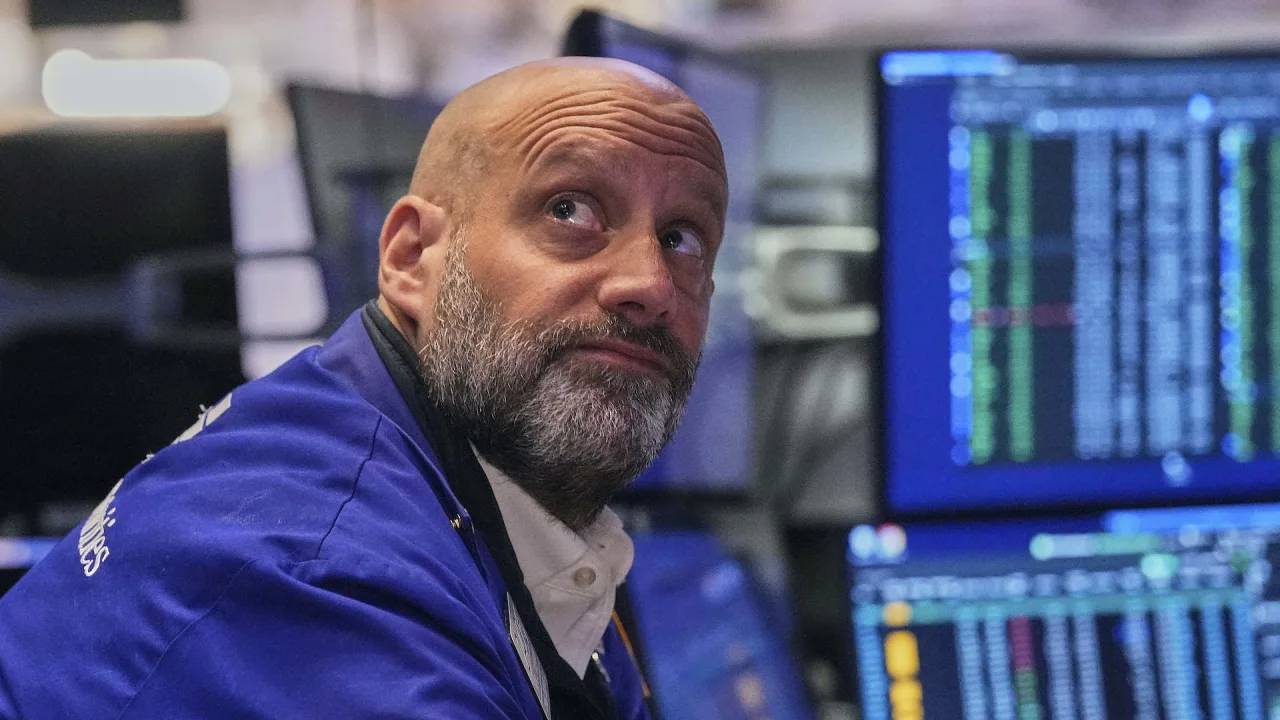

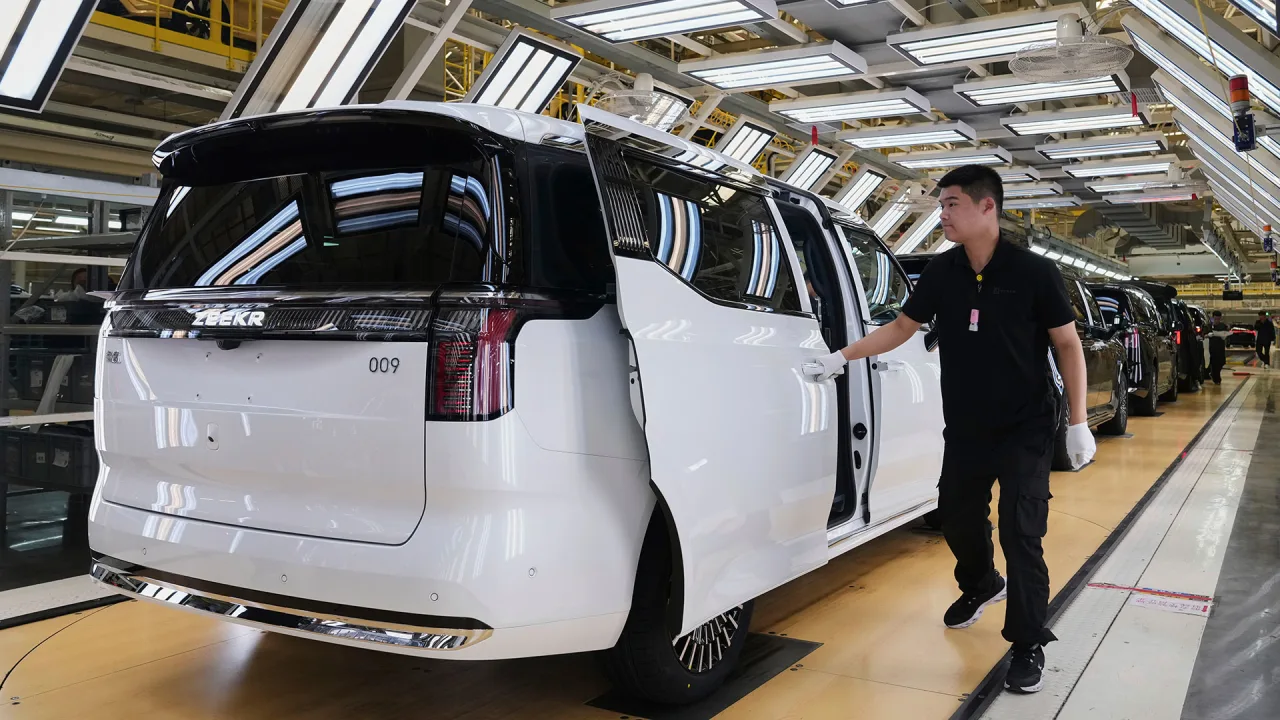





















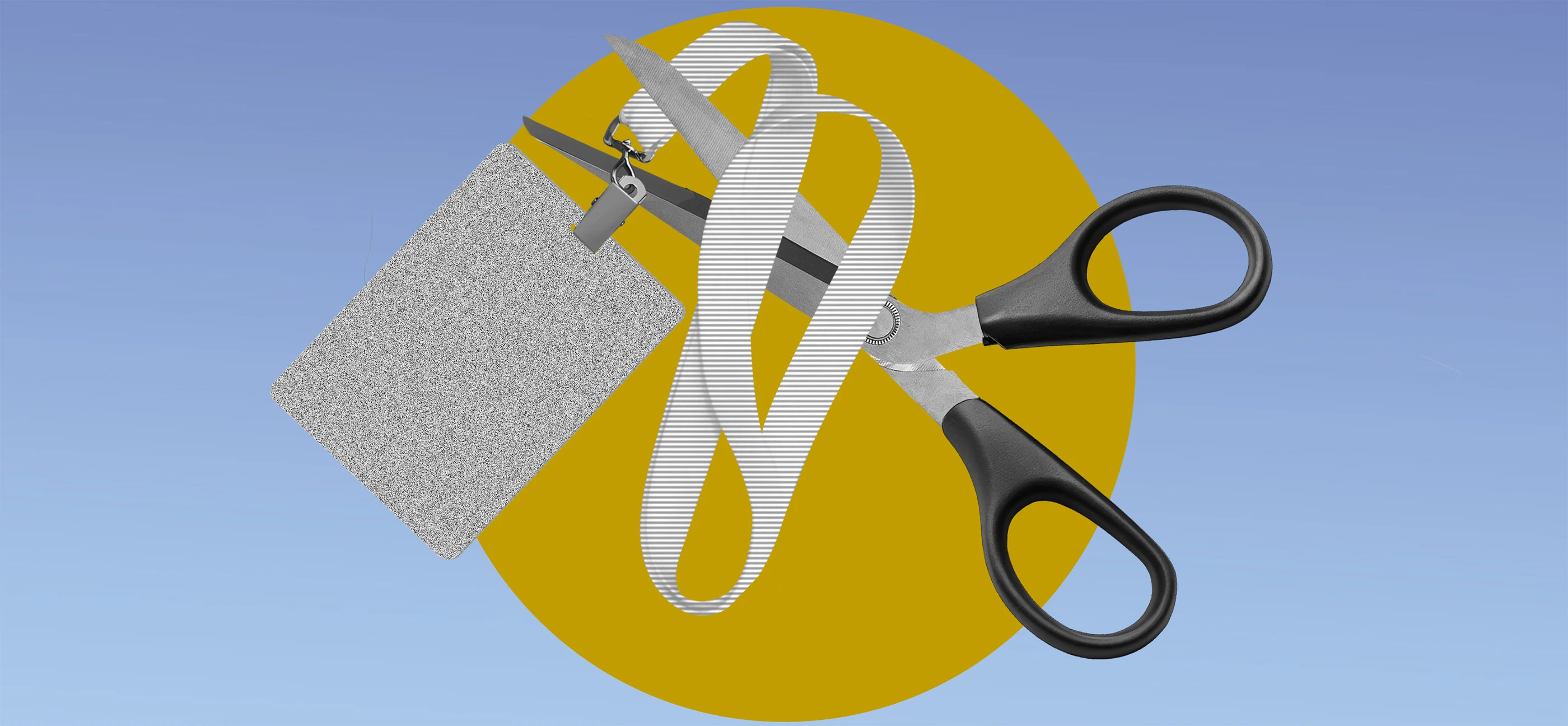















































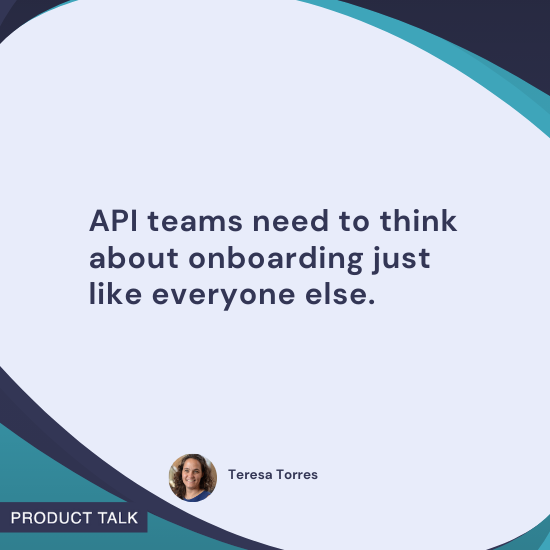


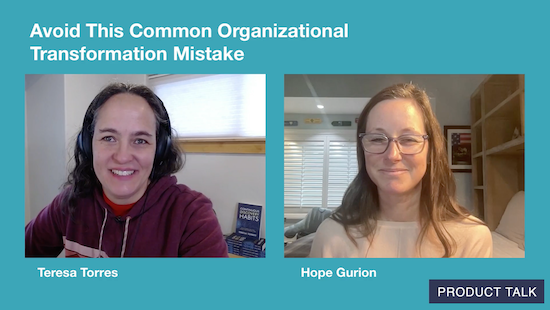
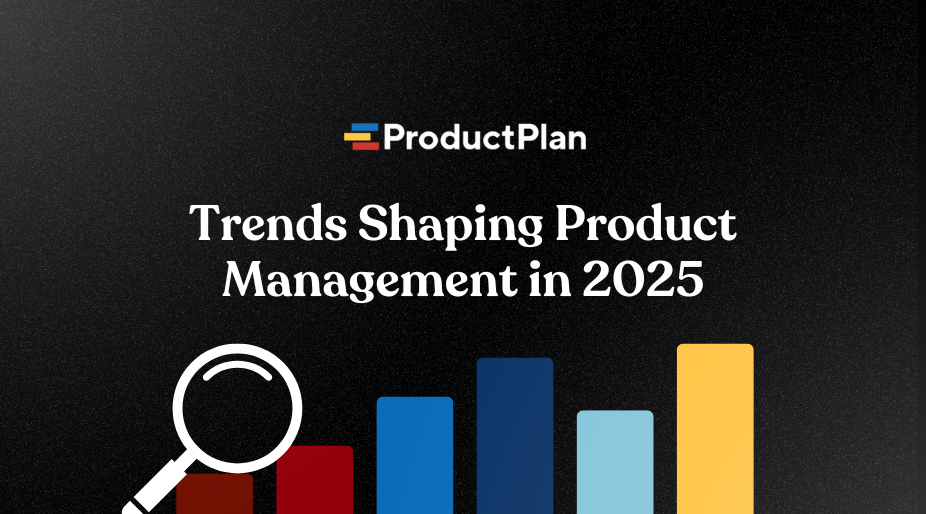


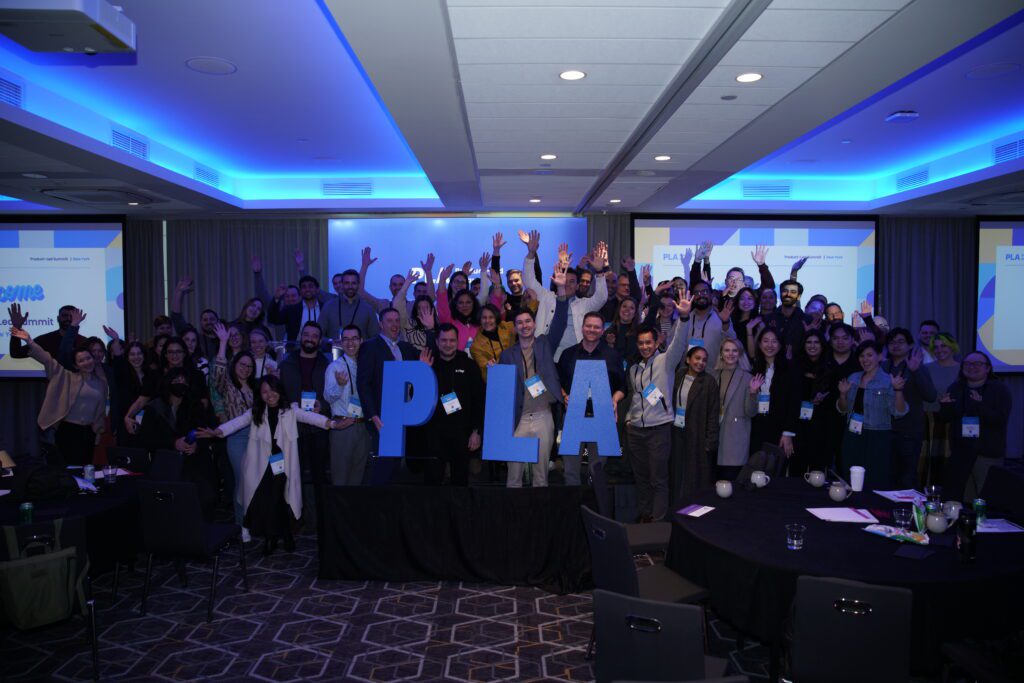











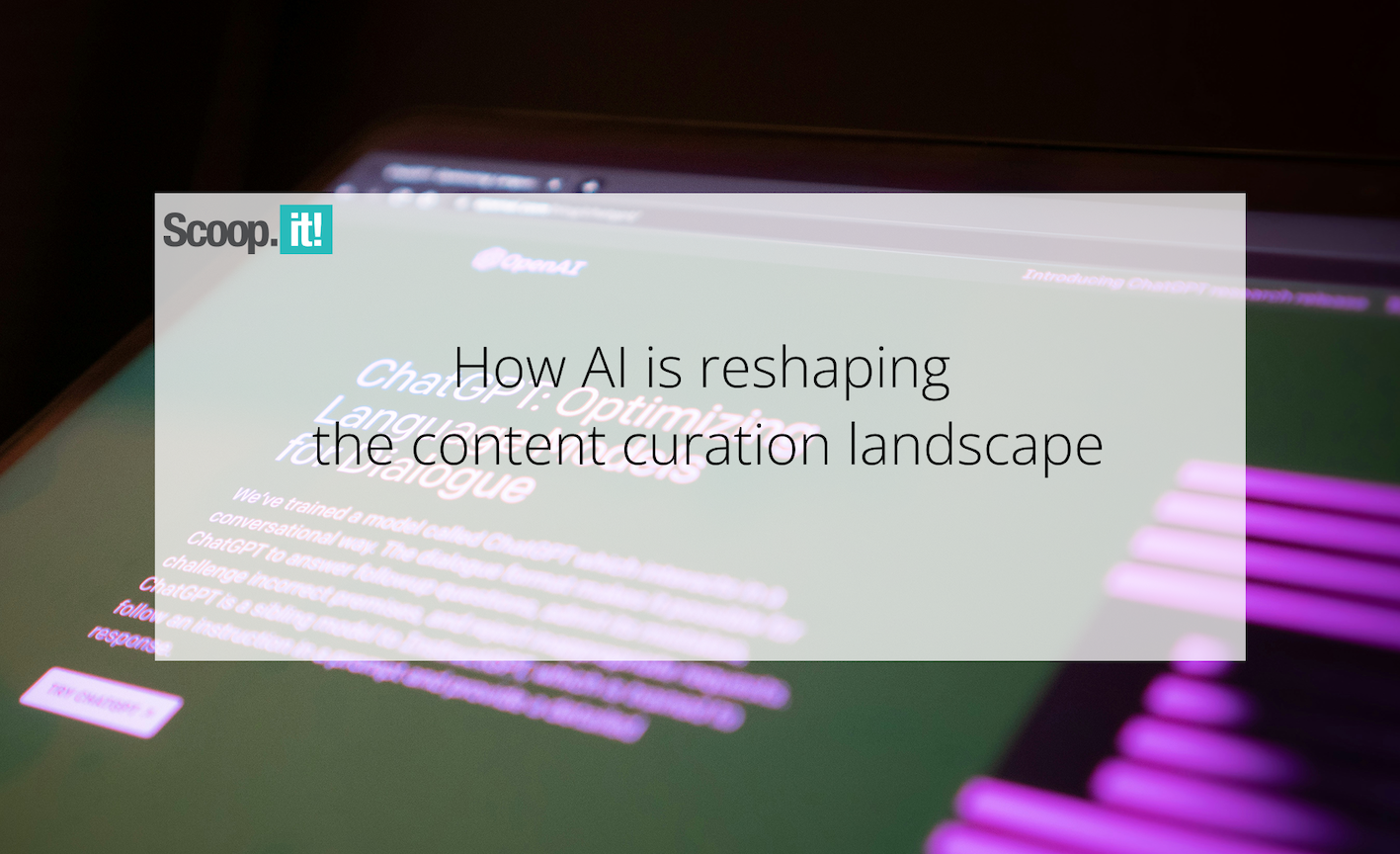
![Building A Digital PR Strategy: 10 Essential Steps for Beginners [With Examples]](https://buzzsumo.com/wp-content/uploads/2023/09/Building-A-Digital-PR-Strategy-10-Essential-Steps-for-Beginners-With-Examples-bblog-masthead.jpg)





![How One Brand Solved the Marketing Attribution Puzzle [Video]](https://contentmarketinginstitute.com/wp-content/uploads/2025/03/marketing-attribution-model-600x338.png?#)


